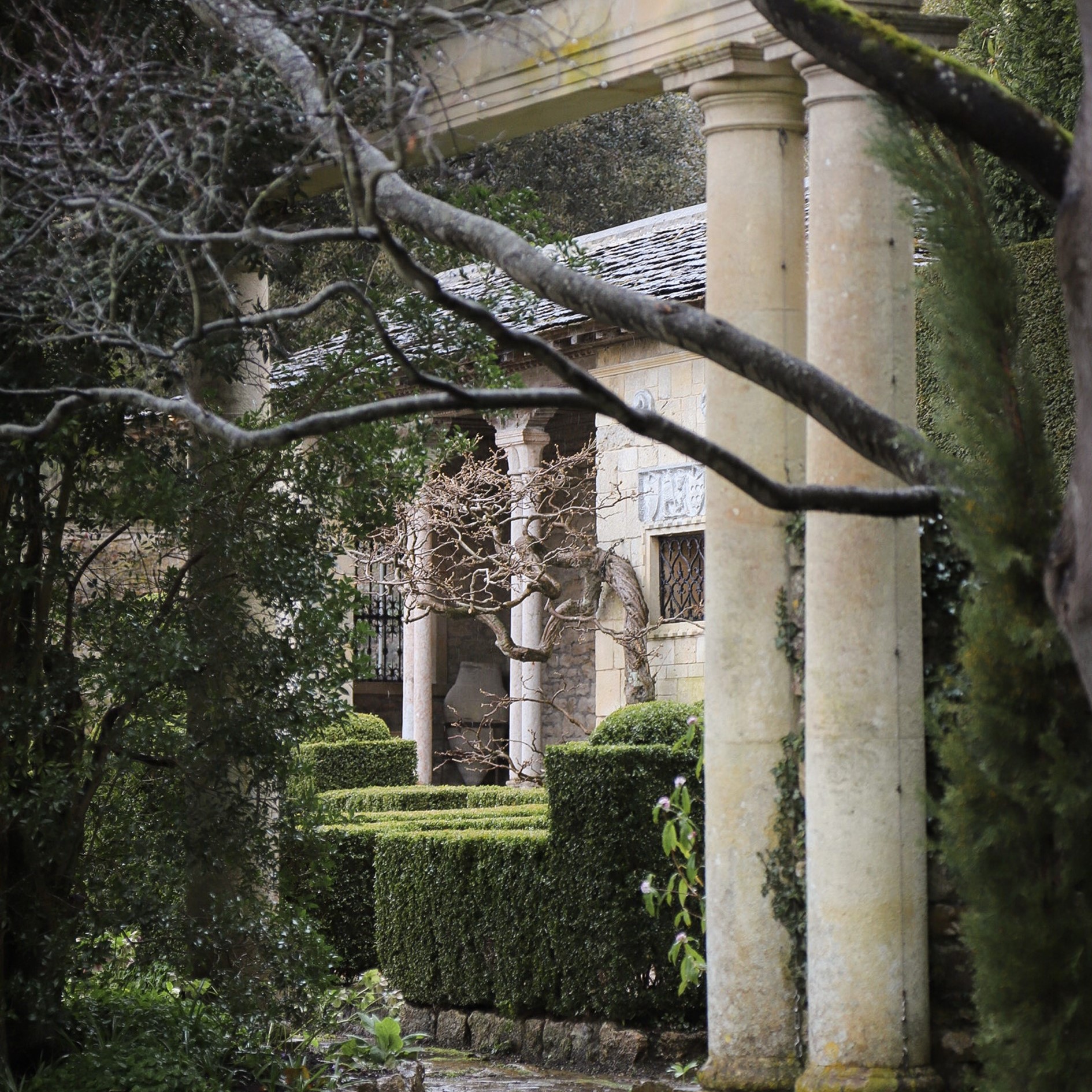Negotiating Authenticity and Climate Change in Heritage Gardens
DOI:
https://doi.org/10.7577/formakademisk.5432Keywords:
biodiversity, authenticity, climate change, craft, Heritage gardensAbstract
With this paper we explore and discuss the priorities of and possible goal conflicts between authenticity and climate change in heritage gardens. How can climate change mitigation, adaptation, resilience, and cultural heritage conservation be combined in heritage gardens? Our study was guided by the following research question: How do gardeners negotiate climate change and authenticity in heritage gardens? From Rachel Carson's Silent Spring in the 1960s through to the 2002 report Gardening in the Global Greenhouse and the recent Gardening in a Changing World in 2022 mankind's impact on the environment and the emerging climate change has been the focus of increasing attention. By investigating and interviewing multiple gardeners our objective was to pinpoint common challenges, as well as what can be learned from one another within the field of gardening and heritage conservation. The case study method was adopted for this study, involving three head gardeners in the United Kingdom. Interviews were conducted with Joseph Atkin at Aberglasney Gardens, Claire Greenslade at Hestercombe Gardens, and Steve Lannin at Iford Manor about their expertise and knowledge. The gardeners expressed concern regarding climate change and the challenges it poses. The interviewees shared their experience with drought, reduced use of pesticides and herbicides, and the peat legislation in relation to their role as head gardeners. We argue that authenticity and the traditional gardening practised before the advent of power tools, plastic, peat issues, and uninformed transportation can be part of the solution to loss of biodiversity and climate change. This paper identifies some of the obstacles encountered in relation to negotiating questions of authenticity and climate change in heritage gardens.
References
Carson, R. (1962). Silent spring. (10. pr.) Boston: Howton Mifflin Harcourt.
Bisgrove, R., & Hadley, P. (2002). Gardening in the global greenhouse: The impacts of climate change on gardens in the UK. Oxford: UKCIP.
Kron, W., Löw, P., & Kundzewicz, Z. W. (2019). Changes in risk of extreme weather events in Europe. Environmental Science & Policy, 100, 74-83. https://doi.org/10.1016/j.envsci.2019.06.007
Moore, D. (2022). Gardening in a changing world: how we can adopt a more holistic ecological approach to gardens and gardening. London: The Pimpernel Press.
Riksdagen (1988). Kulturmiljölagen [The Cultural Environment Act]. https://www.riksdagen.se/sv/dokument-lagar/dokument/svensk-forfattningssamling/kulturmiljolag-1988950_sfs-1988-950
Seiler, J. (2020). Management regimes for lawns and hedges in historic gardens (Gothenburg Studies in Conservation 46)[ Doctoral thesis, University of Gothenburg]. https://gupea.ub.gu.se/handle/2077/62813
Smith, L. (2006). Uses of heritage. Routledge. https://doi.org/10.4324/9780203602263
Smith, L. (2009, March). Class, heritage and the negotiation of place (Paper presentation). Missing Out on Heritage: Socio-Economic Status and Heritage Participation. English Heritage.
Steffen, W., Dean, A., & Rice, M. (2019). Weather gone wild: Climate change-fuelled extreme weather in 2018. Climate Council of Australia.

Downloads
Published
How to Cite
Issue
Section
License
Copyright (c) 2023 Emma Grönlund, Joakim Seiler

This work is licensed under a Creative Commons Attribution-NoDerivatives 4.0 International License.
Authors who publish with this journal agree to the following terms:
- Authors retain copyright and grant the journal right of first publication with the work simultaneously licensed under a Creative Commons Attribution 4.0 License that allows others to share the work with an acknowledgement of the work's authorship and initial publication in this journal.
- Authors are able to enter into separate, additional contractual arrangements for the non-exclusive distribution of the journal's published version of the work (e.g., post it to an institutional repository or publish it in a book), with an acknowledgement of its initial publication in this journal.
- Authors are permitted and encouraged to post their work online (e.g., in institutional repositories or on their website) prior to and during the submission process, as it can lead to productive exchanges, as well as earlier and greater citation of published work (See The Effect of Open Access).
- The author(s) must manage their economic reproduction rights to any third party.
- The journal makes no financial or other compensation for submissions, unless a separate agreement regarding this matter has been made with the author(s).
- The journal is obliged to archive the manuscript (including metadata) in its originally published digital form for at least a suitable amount of time in which the manuscript can be accessed via a long-term archive for digital material, such as in the Norwegian universities’ institutional archives within the framework of the NORA partnership.
The material will be published OpenAccess with a Creative Commons 4.0 License which allows anyone to read, share and adapt the content, even commercially under the licence terms:
This work needs to be appropriately attributed/credited, a link must be provided to the CC-BY 4.0 licence, and changes made need to be indicated in a reasonable manner, but not in any way that suggests that the licensor endorses you or your use.



